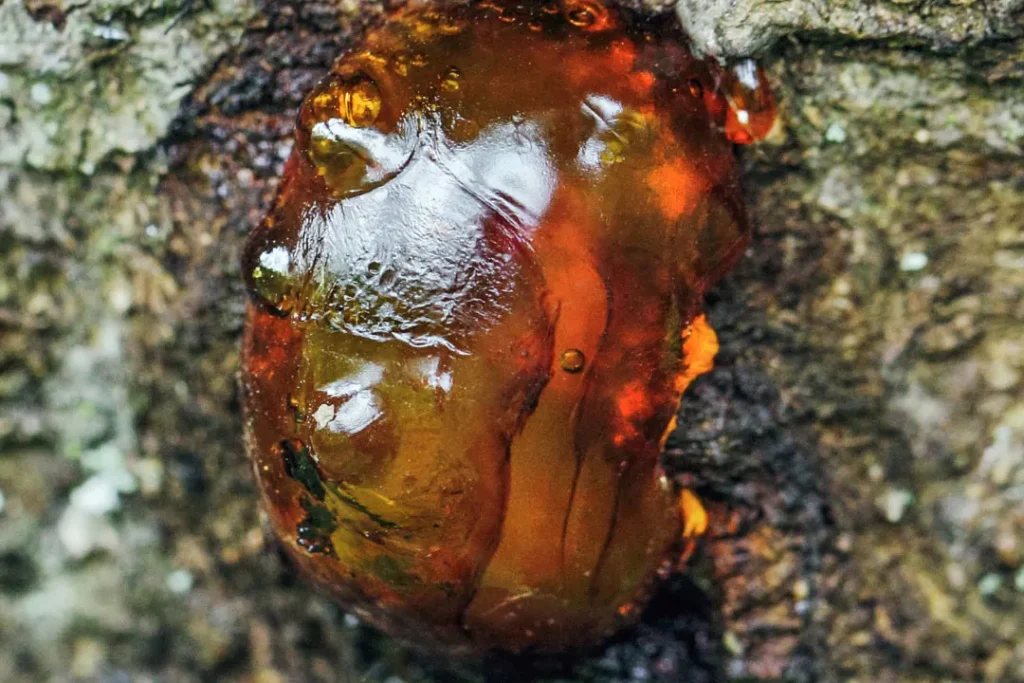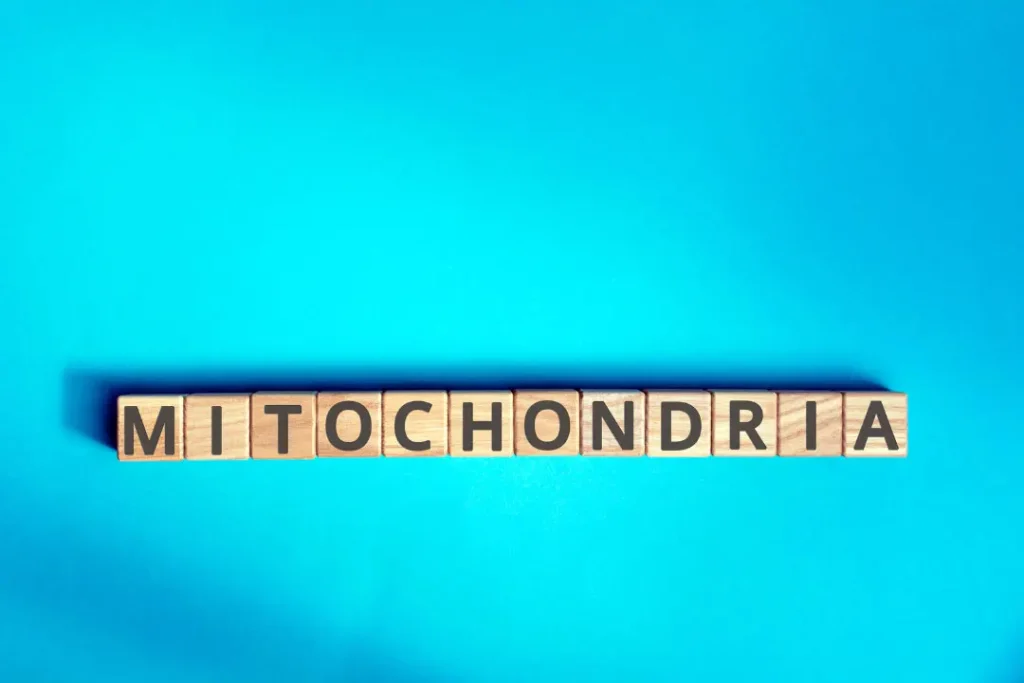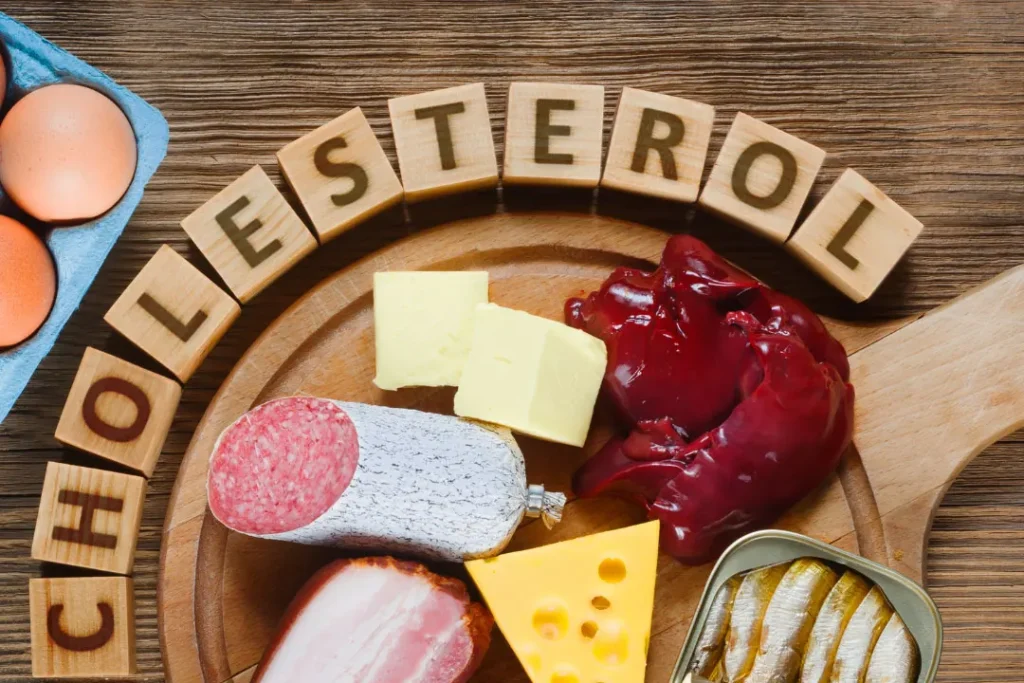The name “gamboge” has become ingrained in history, evolving over time to have varied meanings. Gamboge’s history exemplifies the many blessings that nature gives us, from its origins as a vivid pigment in ancient art to its development as a nutritious supplement. To understand how gamboge affects the body and brain, this article aims to shed light on its properties, potential health advantages, ideal dose, potential side effects, and interactions.
You May Also Like:
5 Great Nootropic Herbs for Focus and Mental Clarity
A Nootropic Herb for Cognitive Enhancement: Discover Bacopa Monnieri Benefits and Side Effects
Gamboge: Benefits, Dosage, Side Effects, Drug Interactions, and Other Important Information is an original (NootropicsPlanet) article.
The Nature of Gamboge
The garcinia genus, namely the species garcinia morella, garcinia hanburyi, and garcinia xanthochymus, is the source of the resin known as gomboge. This golden-yellow resin is produced by these trees, which are members of the clusiaceae family, and has long been prized for its pigmenting abilities. The rich phytochemical profile of gamboge, however, is what has recently piqued scientific curiosity. The resin stands out for its distinct mixture of xanthones, which are substances with a tricyclic aromatic structure made up of two phenolic units joined by a carbonyl group. These xanthones, which also include hydroxycitric acid (HCA), gambogic acid, morellin, and isomoreollin, give gamboge its many biological effects.

Health Benefits of Gamboge
Scientific research on gamboge’s medicinal potential shows a wide range of possible health advantages. One of the main xanthones, HCA, is supposed to aid with weight control. Adenosine triphosphate-citrate lyase, a vital enzyme involved in the production of fatty acids, is inhibited by HCA. By inhibiting this process, HCA lessens the bulk of adipose tissue and lipid formation. According to research, HCA improves endurance performance by promoting glycogen storage, which supplies more energy for sustained physical exercise.
Another xanthone called gambogic acid exhibits promising anticancer effects. Its activity causes cancer cells to undergo apoptosis by starting the intrinsic mitochondrial pathway, releasing cytochrome C, and activating caspase proteins. Programmed cell death is the end effect of this metabolic process. Gambogic acid prevents angiogenesis or the growth of new blood vessels. This inhibition deprives cancers of their source of nutrients and oxygen, limiting their ability to develop.


Chemistry of Gamboge
The chemistry of gamboge are located in the xanthones, a group of polyphenolic substances with a distinctive tricyclic structure. Three linked rings make up xanthones, including a core ring that contains carbonyl conjugating two phenolic rings. Each of the xanthones in gamboge’s xanthone profile—hydroxycitric acid (HCA), gambogic acid, morellin, and isomorellin—contributes to the bioactivity of the plant.
Citric acid is a precursor of HCA, which differs from citric acid by substituting a hydroxy group for one of the carboxyl groups. Its unique structure enables it to block adenosine triphosphate-citrate lyase, a crucial enzyme that produces fatty acids. Another xanthone, gambogic acid, is distinguished by its prenylated structure, which aids in its anticancer properties.
Physiological Properties Gamboge
The effect of gamboge’s bioactive components on cellular and molecular targets is the source of its health advantages. Turning citrate into acetyl coenzyme A in the cytosol is stopped by HCA, adenosine triphosphate-citrate lyase. HCA helps with weight control by limiting fat buildup and blocking this process. The promotion of glycogen storage in the liver and muscle tissues, which acts as an additional energy reserve during prolonged physical effort, is another way that HCA improves endurance performance.
Another essential xanthone called gambogic acid gives gamboge its possible anticancer effects. In cancer cells, gambogic acid activates the intrinsic mitochondrial pathway, which results in apoptosis. The mitochondrial outer membrane is permeabilized in this apoptotic pathway, releasing cytochrome C into the cytosol where it combines with apoptotic protease activating factor-1 (Apaf-1) and ATP to create the apoptosis. Procaspase-9, which is activated by this combination, then activates the executioner caspases-3, -6, and -7, causing cell death. Gambogic acid also prevents angiogenesis, which limits the oxygen and nutrients that reach tumor cells and limits their ability to grow and multiply.


Optimal Dosage of Gamboge
Gamboge supplementation dose must be carefully calculated to strike a balance between the intended therapeutic result, your health, and the active components of the plant’s bio-available form. Doses of 250 to 500 mg daily, taken 30 to 60 minutes before meals, are most common for HCA administration intended for weight control. However, factors like your age, health, and concurrent drug use can have an impact on the right dose, therefore it is always advised to seek expert medical advice.
Potential Risks and Interactions of Gamboge
Gamboge usage does not come without possible hazards, despite the apparent advantages. GI problems like nausea, stomach pain, and diarrhea can result from high dosages or extended usage. Gamboge’s lipid-lowering properties can also interact with drugs that decrease cholesterol, boosting their effects and perhaps causing hypolipidemia.
Despite having potential anticancer properties, gambogic acid can cause hepatotoxicity, endangering the health of the liver. If you have liver illness or are taking hepatotoxic drugs, you should use caution. To prevent negative interactions, it is best to talk to your doctor before using gamboge together with other vitamins or drugs.


Best Responsible Use
Gamboge, a resin endowed by nature and steeped in history, has a variety of medicinal uses that range from weight management to treating cancer. However, proper dose, your overall health, and any interactions all need to be carefully taken into account before using it. Future studies can help to better understand this resin’s full potential and open the door to more sophisticated uses in the realm of dietary supplements.
Gamboge:
Conclusion
Gamboge has a long history of use in treating many health issues such as constipation, infections in the intestines due to parasites, and even cancer. This substance is a sap resin extracted from garcinia trees, which are abundant in Southeast Asian forests. Although this yellow sap has many health benefits, it is equally poisonous if not used correctly. If you suffer from constipation issues frequently, or are prone to getting certain intestinal infections, speak to your doctor about taking a gamboge supplement.
References:
- The physiological effects of Hydroxycitric acid on athletic performance. Retrieved from: https://jissn.biomedcentral.com/articles/10.1186/s12970-015-0109-4
- Gambogic acid inhibits angiogenesis in cancer cells. Retrieved from: https://www.cell.com/cancer-cell/fulltext/S1535-6108(11)00434-5
- Potential hepatotoxicity of gambogic acid. Retrieved from: https://pubmed.ncbi.nlm.nih.gov/24948024/
Important Note: The information contained in this article is for general informational purposes only, and should not be construed as health or medical advice, nor is it intended to diagnose, prevent, treat, or cure any disease or health condition. Before embarking on any diet, fitness regimen, or program of nutritional supplementation, it is advisable to consult your healthcare professional in order to determine its safety and probable efficacy in terms of your individual state of health.
Regarding Nutritional Supplements Or Other Non-Prescription Health Products: If any nutritional supplements or other non-prescription health products are mentioned in the foregoing article, any claims or statements made about them have not been evaluated by the U.S. Food and Drug Administration, and such nutritional supplements or other health products are not intended to diagnose, treat, cure, or prevent any disease.
